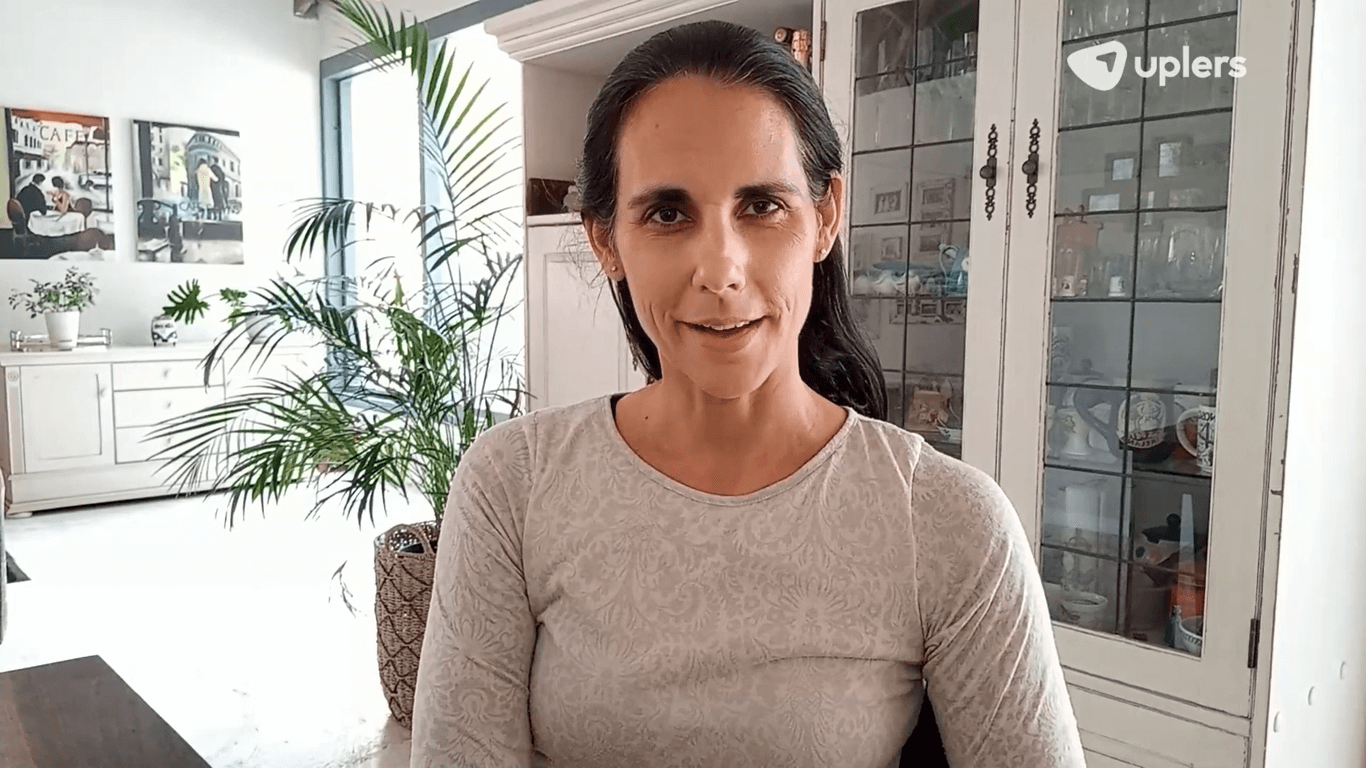When we talk about graphic designing, nothing is definite. Graphic design is a beautiful amalgamation of a client’s requirement and a designer’s creativity until it goes into the hands of a developer!
As a Graphic designer, you cannot restrict your creativity to each best practice advice catered for the website layout design, but at the same time, you need to consider the factors encountered by a developer, including- design compatibility over different screens and the time limits.
Developers often encounter a great share of frustration while bringing a graphic design to life especially when making it compatible with various mobile platforms. However, there are website layout design techniques with which a graphic designer can help the developer develop a website faster.
So we at Uplers, have screened our profound web development experience to throw light upon some essential web design tips to make development-friendly designs:
Mark Your Grid and Know Your Boundaries
Before starting with the graphic designing, you need to mark your global boundaries and establish the grid structure you will be following for the entire design. Popular front-end frameworks like Bootstrap and the 960 Grid offer a 12-column grid system that can be opted for creating perfectly measured designs appreciated by developers.
Reason: In the 1st case when no grid rule is followed, it is difficult for the developers to define the content block sizes for a pixel-perfect graphic design and the process is time-consuming. They have to evaluate and position each design element individually without an accurate idea of its positioning.
While, in the 2nd case where the graphic designer has followed the 12-column grid system of Bootstrap, the developer saves up to 30% of his efforts and time.
Irregular Curves Are A Strict ‘No’
Graphic Designers love to break the monotony of regular shapes with innovative shapes and graphic design elements that are likely to polarize. However, they must avoid the use of irregular curve elements (like the ones shown in the 1st case), unless absolutely necessary.
Reason: A curve is defined by a mathematical equation between two mouse positions, and therefore an irregular curve is likely to come up as a challenge on the development side. An irregular curve (as shown in the 1st case) is not supported readily in CSS and HTML. To employ this type of website layout design, a developer needs to call an image file in the code, thus fading design flexibility. Irregular curves can take up to 50% more time to develop a certain section, as compared to regular curves. You should generally go with regular shapes as shown in the 2nd case.
Avoid Getting Into The Complexity of Multiple Layers
Graphic Designers like to explore their creativity and, thus, sometimes they compromise standard practices. It may be by making variations in the content block size, breaking the alignment, or by overlaying effects. These practices often result in increased complexity at the developer-end and should be avoided.
Reason: When a translucent effect layer overlays the primary layer (as shown in the 1st case), the flexibility of the graphic design over different screen sizes is compromised up to a significant extent. With this, on one end where the blocks in the primary layer adjust automatically according to changing screen sizes, on the other, the translucent layer needs to be positioned manually through coding. Therefore, it is preferred to keep things in flow as in the 2nd case.
Similar Sections Should Be of The Same Size
Alignments and measurements are to be strictly followed! One of the most common mistakes that graphic designers tend to make is failing to meet the measurement accuracy demanded by a pixel-perfect design. While designing similar design sections for different web pages, the section sizes and measurements should be exactly the same.
Reason: To create a website layout design that complies with the standards of a pixel-perfect design, an HTML developer needs to pay thorough attention to its consistency and measurement accuracy. Therefore, while creating similar design sections for multiple web pages of the same website, you are expected to follow high design accuracy, and hire a graphic designer to do the job. In this case, a developer has to define the similar design section just once in a master class and can call it smartly on various web pages. Thus saving time and meeting the accuracy.
Consistent Website and Mobile Design Is A Must!
As with the increasing internet usage rate through the mobile platform, responsive design is not a luxury anymore, but a necessity. Therefore, a graphic designer needs to be highly particular about the design elements and the alignment of images he uses in his design. The design elements used in the web design should be similar to that used in its mobile version.
Reason: Following the standard practice of creating the desktop design first and then moving onto the mobile part of it, many web designers fail to consider the visual similarity between the two. In this case, when the desktop design is handed over to an HTML developer he is unable to position the design elements accurately for the mobile screens. Thus, resulting in a disconnected design over different screen sizes.
The above-mentioned website layout design tips will surely help the web designers implement a development-friendly designing approach and make a better world for developers.



































































![How to Hire an SEO Expert from India: Guide for Hiring Managers [+SEO Specialist Job Description Tips and Salary Analysis]](https://www.uplers.com/wp-content/uploads/2024/03/How-to-hire-an-SEO-expert-from-India-Guide-for-hiring-managers-Job-description-tips-and-salary-analysis-436x265.jpg)

